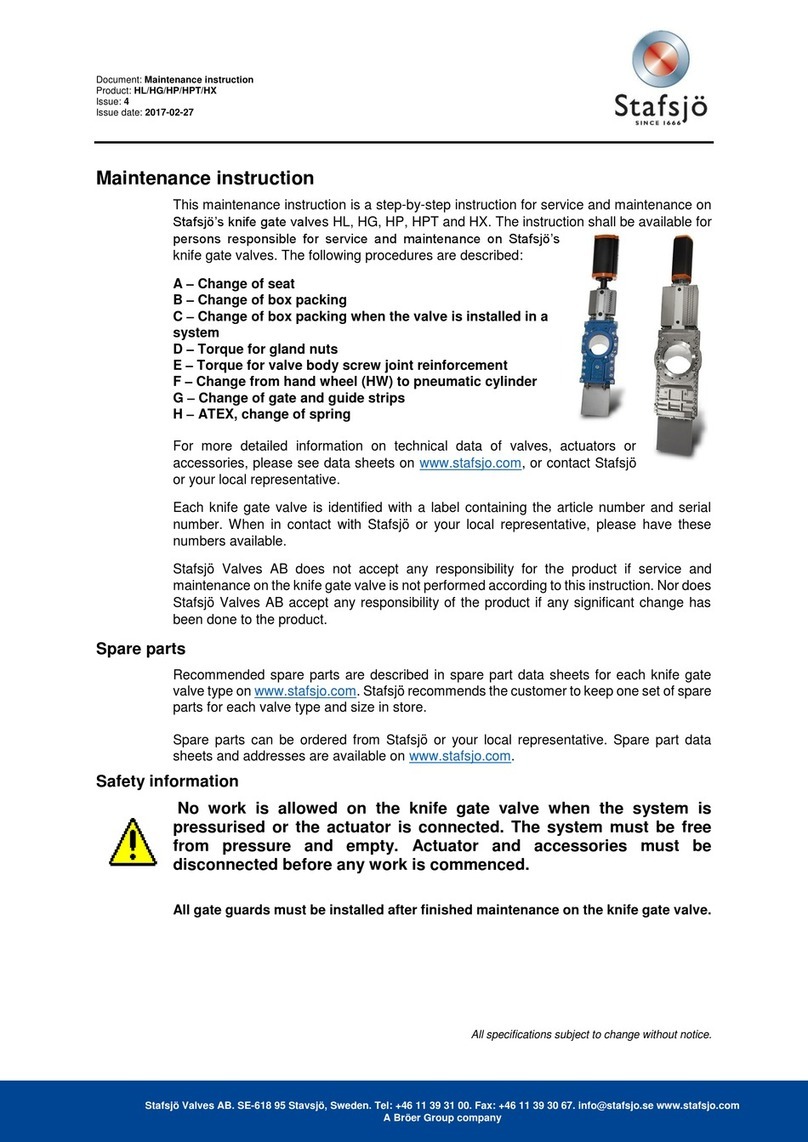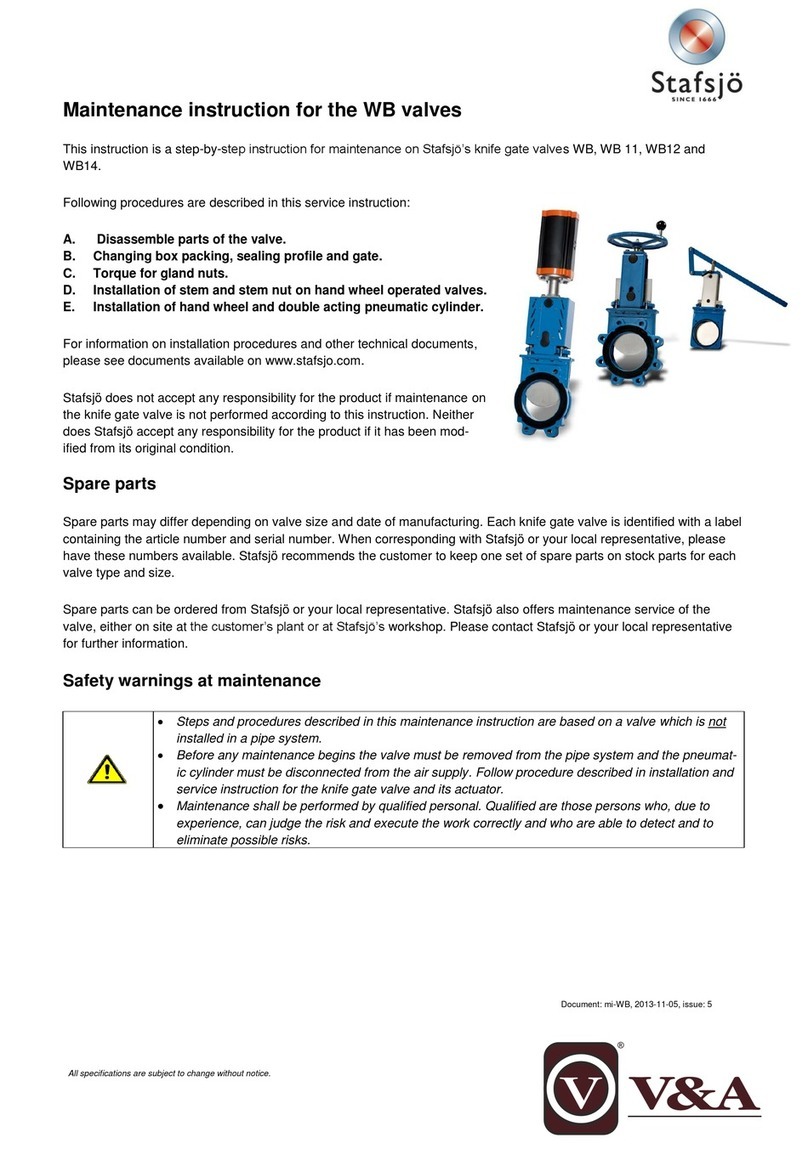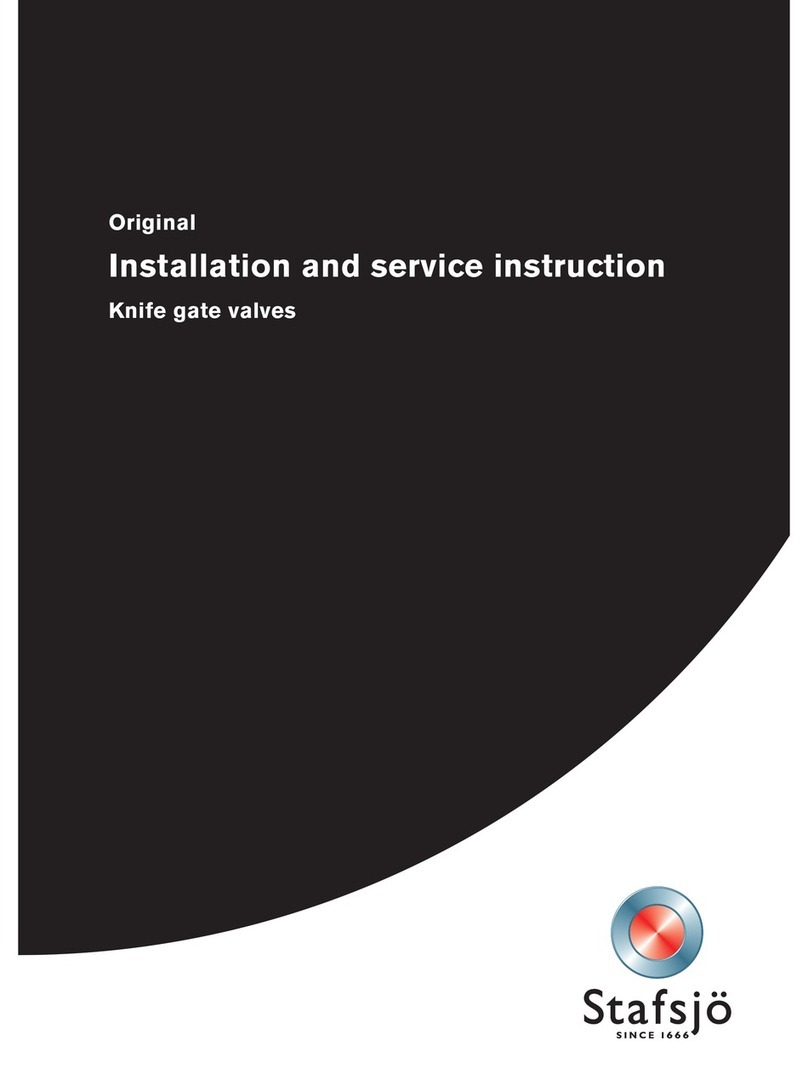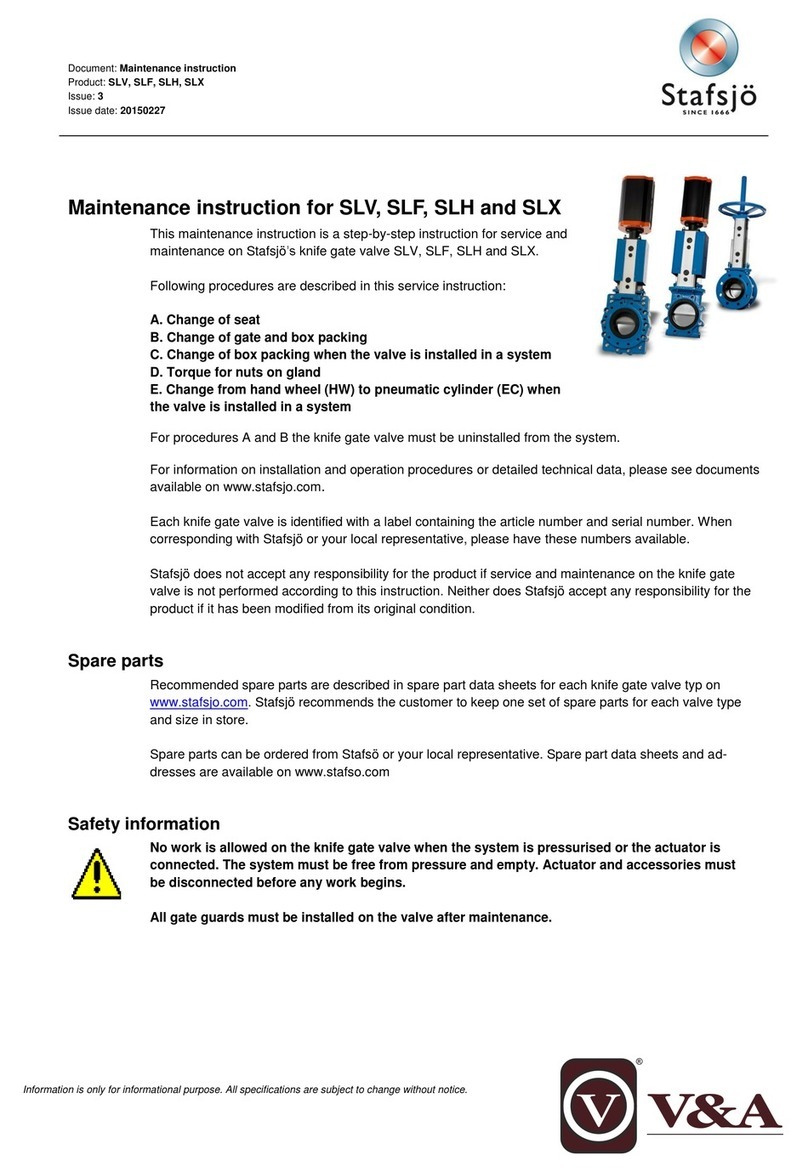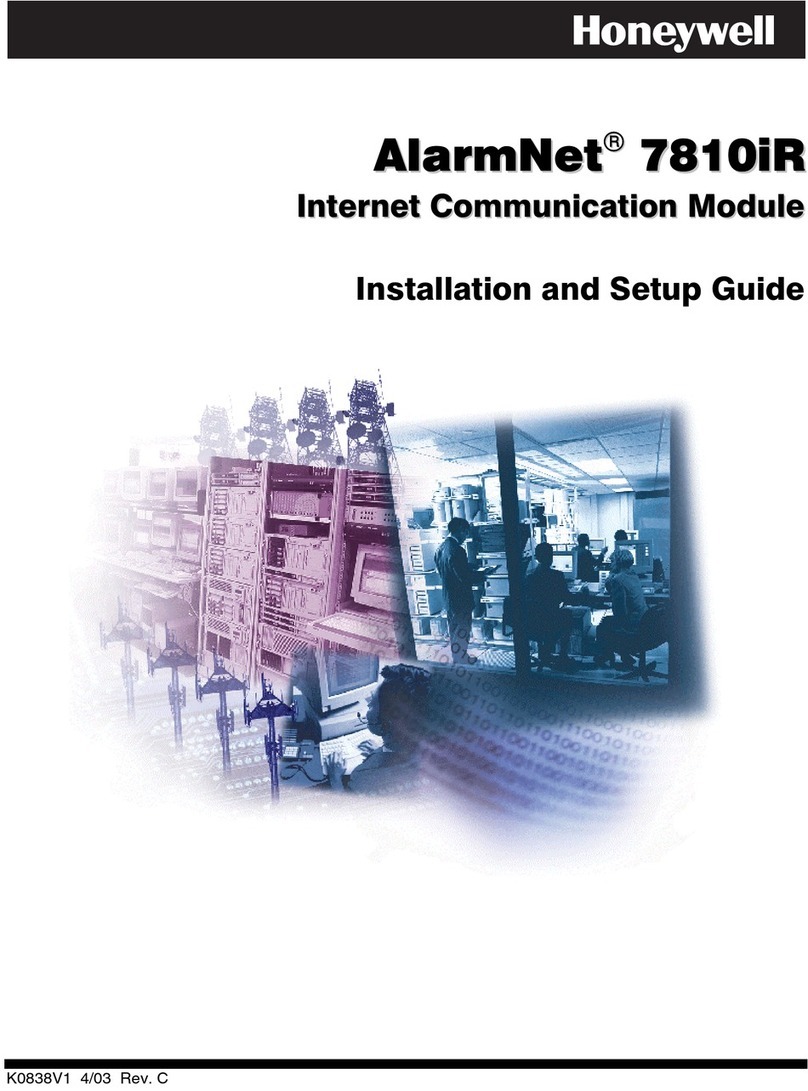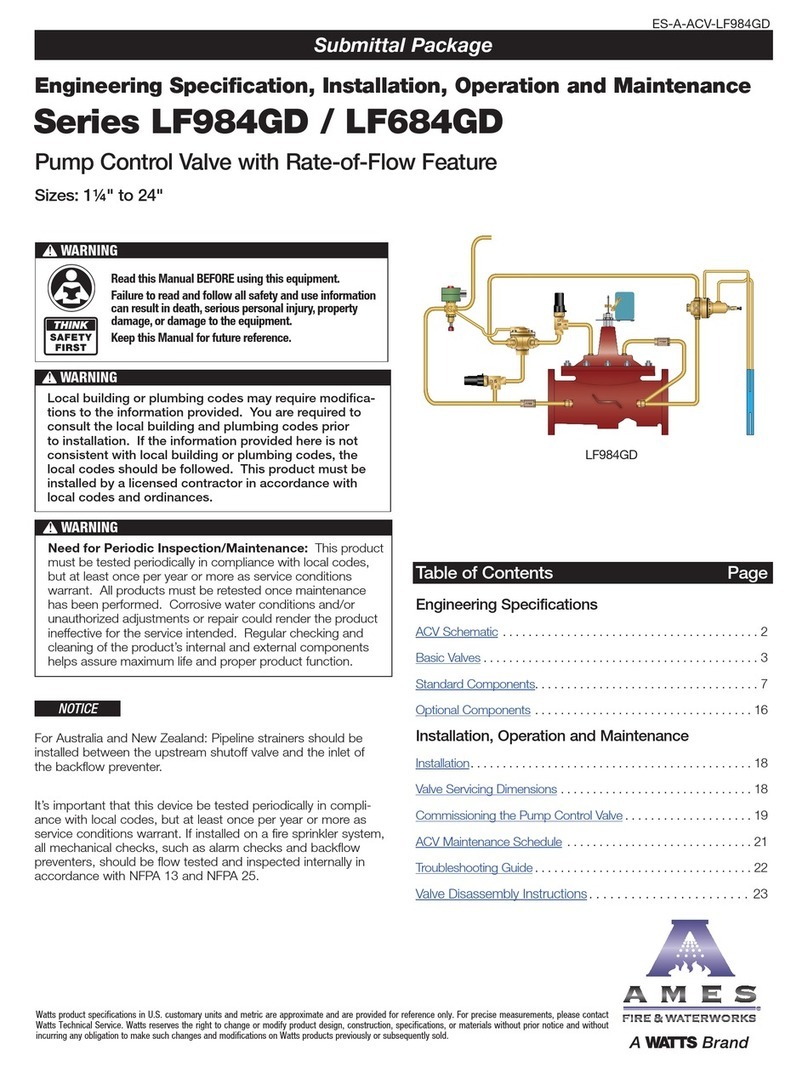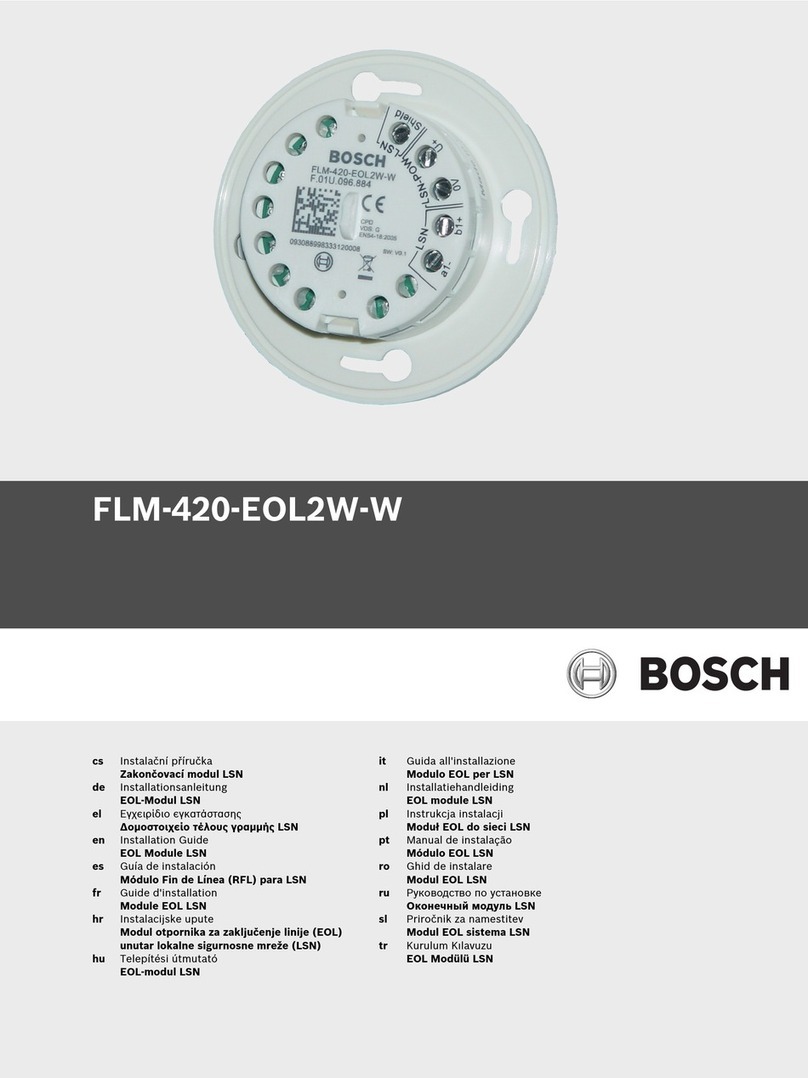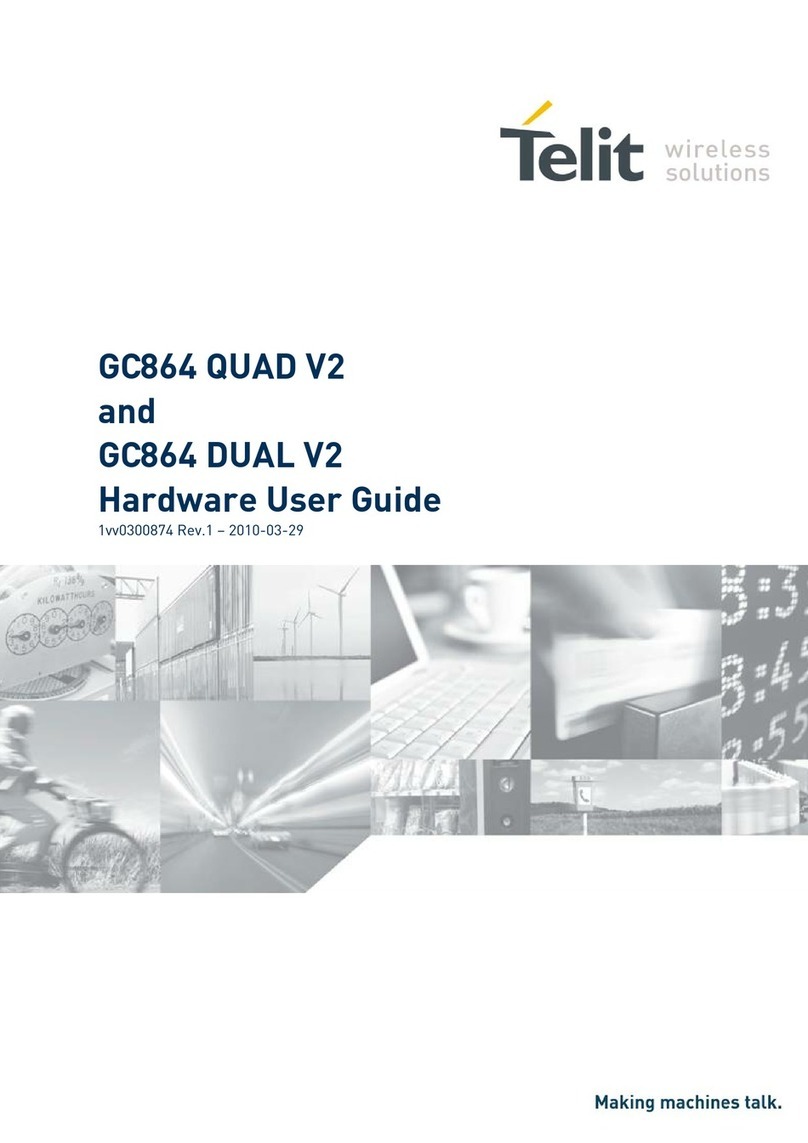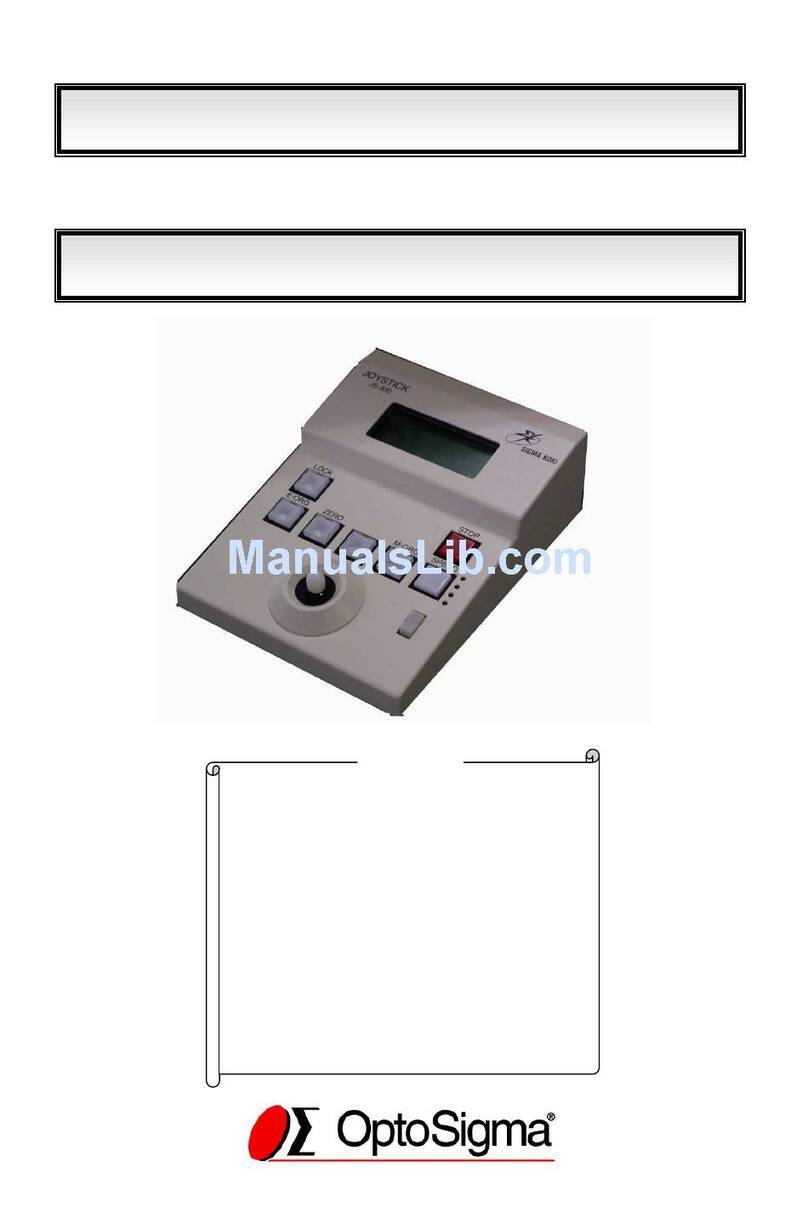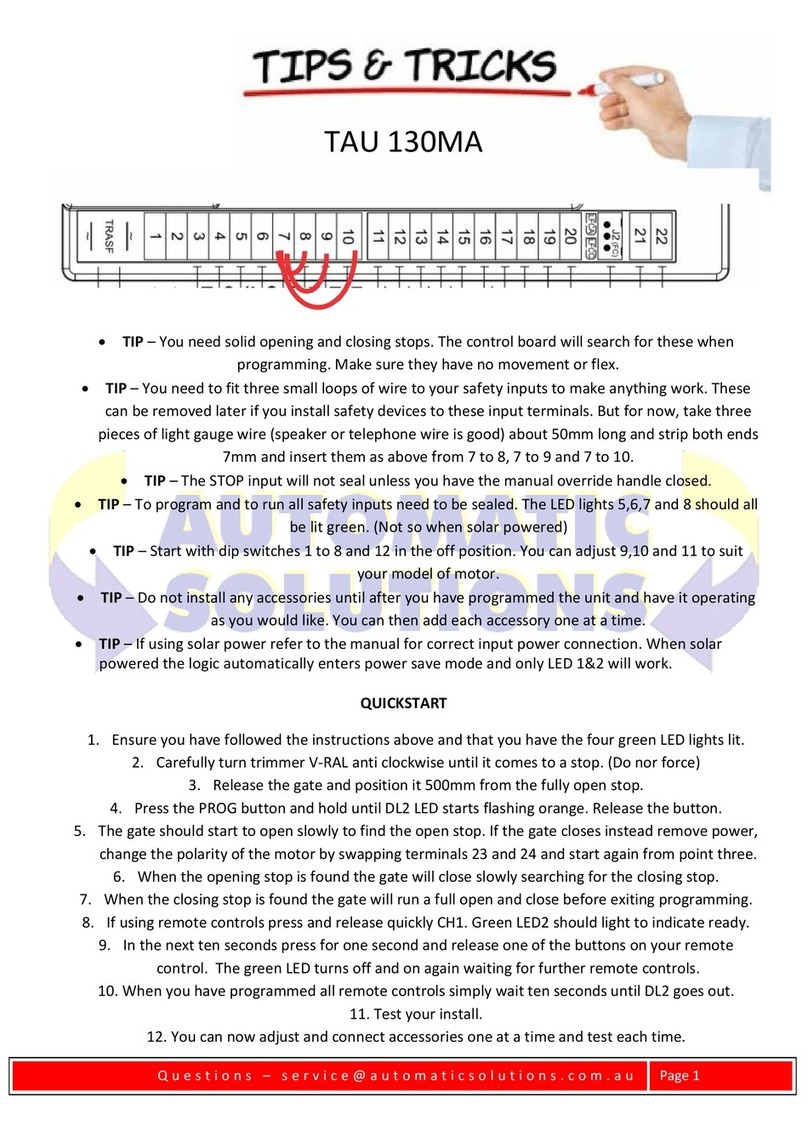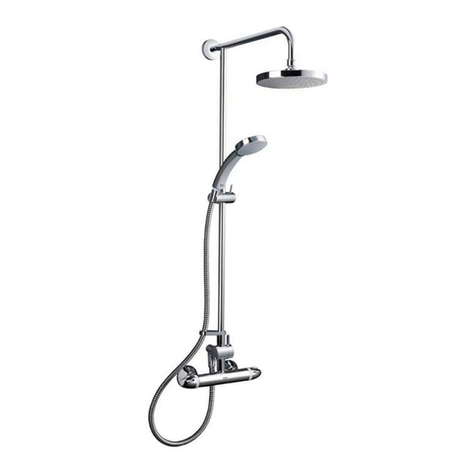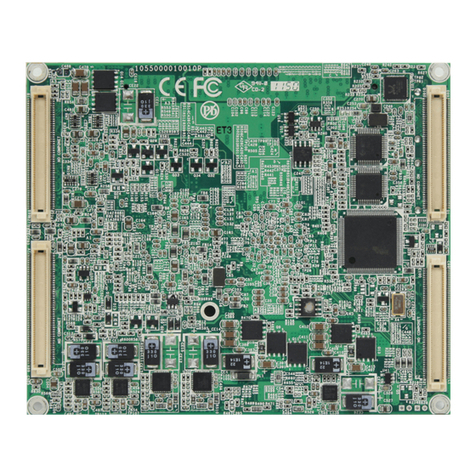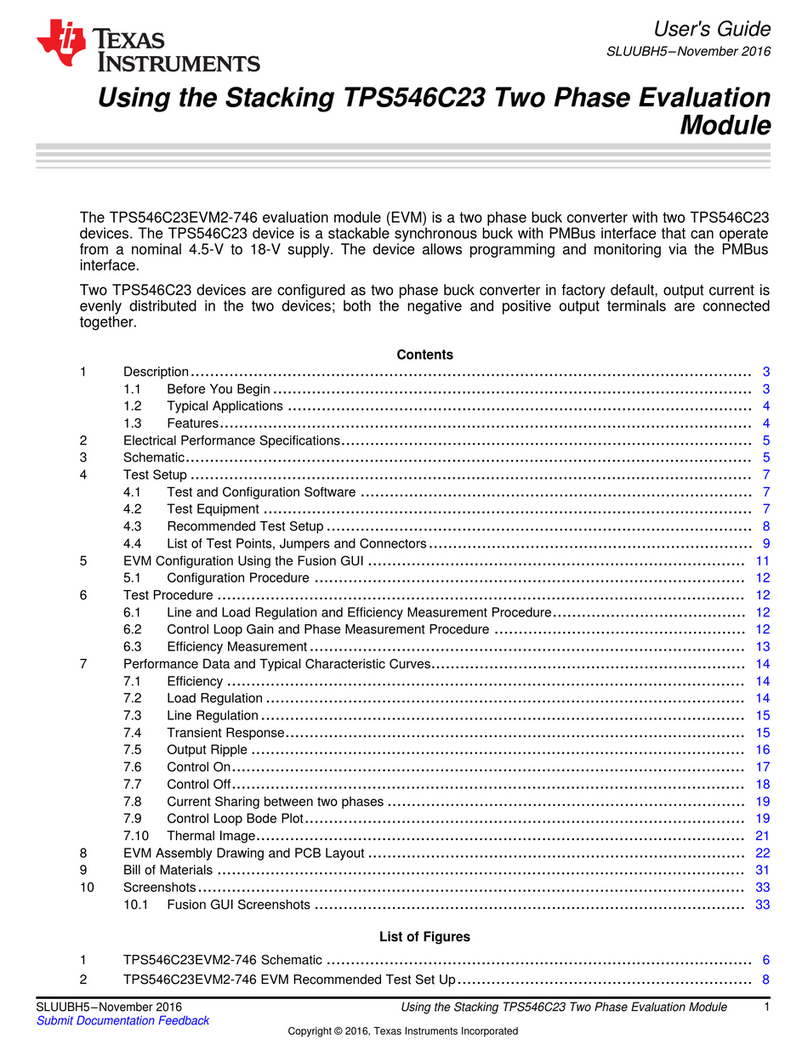Stafsjö XV Technical specifications

Document: Maintenance instruction
Product: XV
Issue: 2
Issue date: 2010-10-05
Maintenance instruction
This maintenance instruction is a step-by-step instruction for service
and maintenance on Stafsjö’s knife gate valve XV. The instruction
shall be available for persons responsible for service and maintenance
on Stafsjö’s knife gate valves. The following procedures are described
in the service instruction:
A –Change of seat
B –Change of gate and box packing
C –Change of box packing when the valve is installed in a system
D –Torque for nuts on gland
E –Change from hand wheel (HW) to pneumatic cylinder (AC)
For more detailed information on technical data of valves, actuators or accessories, please see
data sheets on www.stafsjo.com, or contact Stafsjö Valves AB or your local representative.
Each knife gate valve is identified with a label containing the article number and serial number.
When corresponding with Stafsjö Valves AB or your local representative, please have these
numbers available.
Stafsjö Valves AB does not accept any responsibility for the product if service and maintenance
on the knife gate valve is not performed according to this instruction. Nor does Stafsjö Valves
AB accept any responsibility of the product if any significant change has been done to the prod-
uct.
Spare parts
Recommended spare parts are described in spare part data sheets for each knife gate valve
type on www.stafsjo.com. Stafsjö recommends the customer to keep one set of spare parts for
each valve type and size in store.
Spare parts can be ordered from Stafsjö Valves AB or your local representative. Spare part data
sheets and addresses are available on www.stafsjo.com.
Safety information
No work is allowed on the knife gate valve when the system is pressurised or the actua-
tor is connected. The system must be free from pressure and empty. Actuator and ac-
cessories must be disconnected before any work is commenced.
All gate guards must be installed after finished maintenance on the knife gate valve.
Information is only for informational purpose. All specifications are subject to change without notice.

Document: Maintenance instruction
Product: XV
Issue: 2
Issue date: 2010-10-05
2
Main components in the Stafsjö knife gate valve XV
Figure 1
Gland
Valve body
Box packing
Retainer ring
Gate
Stud bolt
Nut and washer
O-ring
Seat

Document: Maintenance instruction
Product: XV
Issue: 2
Issue date: 2010-10-05
3
Part list of the Stafsjö knife gate valve XV
Figure 2
Pos
Part
Pos
Part
Pos
Part
Pos
Part
1
Hand wheel
5a
Washer
10d
Screw
18
Cylinder
2
Yoke
5b
Nut
10e
Washer
19
O-ring
2a
Bearing
6
Gate
10f
Nut
20
Clevis pin
2b
Slide washer
7
Beam
11
Body gasket
21
Split pin
2c
Bearing
8
Gland
12
Retainer ring
25
Piston rod
3
Stem
8a
Stud bolt
12a
Locking screw
28
Locking nut
4
Stem nut
8b
Washer
13
Seat*
*
Recommended spare parts
4a
Washer
8c
Nut
14
Guide strips
4b
Screw
9
Box packing*
16
Gate guard, not
for HW
5
Tie rod
10a
Valve body
17
Gate clevis

Document: Maintenance instruction
Product: XV
Issue: 2
Issue date: 2010-10-05
4
Service and maintenance
See figure 1-3 for identification of parts on the XV valve. Parts may differ depending on the
valve size and manufacturing date. Please contact Stafsjö Valves AB or your local representa-
tive if you have any questions.
For more information on installation and operation of the knife gate valve and pneumatic cylin-
der, please see Operating instruction for knife gate valves and pneumatic cylinders at
www.stafsjo.com or contact Stafsjö Valves AB or your local representative.
Stafsjö Valves AB offers the customer service and maintenance of Stafsjö knife gate valves, ei-
ther in the customer’s plant or at Stafsjö workshop. Please contact Stafsjö Valves AB or your lo-
cal representative for more information.
For procedures A, B and E the knife gate valve must not be installed in a system.
No work is allowed on the Stafsjö knife gate valve when the system is pressurized or the
automatic actuator is connected. The system must be empty and free from pressure be-
fore dismantling of the valve begins. The actuator and accessories must be discon-
nected.
If the valve is equipped with gate guards, they must be mounted after finished mainte-
nance on the knife gate valve.
A - Change of seat
Place the valve horizontally for simple change of seats.
1. Close the valve. The valve must be closed at all time until it is installed into the system. If
not the seat could be damage and causing leakage.
2. Loosen the locking screws (12a) the retainer ring (12) is locked with.
3. Lift of the retainer ring (12). If the retainer ring is stuck, use a screw driver or similar and
bend carefully between the retainer ring and the valve body in several places around the
bore until the retainer ring is loose.
4. Check the gate (6) for damages such as dents and scratches. If the gate is damaged it can
wear out the box packing (9) and the seat (13), causing leakage. Stafsjö recommends
changing the gate if it is damaged to ensure the function of the valve.
5. Clean the area of the seat on the retainer ring and the valve body.
6. Install a new seat (13) on the retainer ring (12) and place the retainer ring in the valve body
(10). For PTFE seat (13); o-rings (19) must be installed on the retainer ring (12) before the
seat is installed, see fig.3.
7. Lock the retainer ring (12) with the locking screws. Note! The function of the screws is only
to keep the retainer ring in place. The retainer ring function come into force when the valve
is installed in a system between pipe flanges. Make sure that the locking screw is not above
the valve body. That could cause leakage between flange and the valve.
8. Install the valve in the system according to the operating instruction.
9. Operate the valve a few times before the system is pressurised.

Document: Maintenance instruction
Product: XV
Issue: 2
Issue date: 2010-10-05
5
Figure 3
B - Change of gate and box packing
Place the valve upright in for example a screw vice for simple change of the gate and box pack-
ing. Large valves should be placed horizontally on a work bench.
1. Close the valve completely.
2. Demount the actuator and top.
Hand wheel (1)
a. Demount the hand wheel (1).
b. Loosen the nuts (5b).
c. Lift off the bearing (2c), bearing washer (2b), yoke (2), bearing washer
(2b) and bearing (2a) from the stem (3).
d. Demount the beams (7) and tie rods (5).
e. Loosen the screw (4b) from the stem nut (4) and gate (6).
f. Lift off the stem (3) and stem nut (4).
Pneumatic
cylinder (18)
a. Loosen the gate guards (16).
b. Demount the split pins (21) and clevis pin (20).
c. Loosen the nuts (5b) keeping the cylinder in place.
d. Lift off the cylinder (18).
e. Demount the beam (7) and tie rods (5) from the valve.
3. Loosen the nuts (8c) on the gland (8).
4. Lift of the gland (8) from the stud bolts (8a).
5. Remove the box packing braids (9).
6. Clean the box from residues.
7. Remove the gate (6) and look for damages such as dents and scratches. If the gate is
damaged it can wear out the box packing (9) and the seat (13), which could cause leakage.
Stafsjö recommends changing the gate if it is damaged to ensure the function of the valve.
8. Check that the guide strips (14, on XV valves DN 500-DN 800) in the valve body are not
worn out and that they are in correct position.
9. Remove the retainer rings (12) and the seat sets (13) together with the o-rings (19). The
procedure is described in A –Change of seat.
10. Put the gate (6) in the valve body (10). Check that the gate is placed correctly on the bump
in the bottom of the valve body, see fig. 3.
11. Start the installation of the first braid (9) on one of the long sides of the gate (6). Use a blunt
tool in plastic or wood and a hammer to push the braid into the box. Make sure that the
braid ends meets properly. It is important to push the first braid evenly into the bottom of the

Document: Maintenance instruction
Product: XV
Issue: 2
Issue date: 2010-10-05
6
box. The joint of the second and third braid must be placed on the opposite long side of the
joint of the previous braid, not on top of each other.
12. Place the gland (8) on the stud bolts (8a).
13. Add the washers (8b) and nuts (8c).
14. Make sure the gate is completely closed
15. Install the retainer rings (12) and the seat sets (13) together with the o-rings (19). The pro-
cedure is described in A –Change of seat.
16. Put pressure on the gland (8) by tightening the nuts (8c) gradually and crosswise, see figure
4. The box packing must be equally compressed all around. Recommended torque for
gland nuts, see chapter D.
17. The gland (8) must put a uniform pressure on the box packing (9). The gland (8) must also
be in line with the gate (6) with the same distance between the gland and the gate all
around. Check that there is no metal contact between the gland (8) and the gate (6).
18. Install the other components in reversed order, step 2.
19. Make sure that the valve is closed.
20. Function test of the knife gate valve.
21. Install the valve in the system according to the operating instruction.
22. Operate the valve a few times before the system is pressurised.
Note:
The box packing may start to leak when the system is pressurised and the temperature in-
creases. This is caused due to that the box packing, which is a soft material, moves depending
on pressure and temperature and when the valve is operated. If the box packing is leaking,
tighten the gland nuts (8c) gradually and crosswise according to chapter D.
C –Change of box packing when the valve is installed in a system
No work is allowed on the Stafsjö knife gate valve when the system is pressurised or the
automatic actuator is connected. The system must be empty and free from pressure be-
fore any work begins and the actuator and accessories must be disconnected.
Work on the knife gate valve when the system is under pressure can cause damages on
persons and equipment.
Check that the system is free from pressure by:
oObserving the pressure measurement on the system
oOpening the drain on the pipe
When the system is free from pressure and empty:
1. Before starting the procedure open the valve and check the gate (6) visually for damages
such as dents and scratches. If the gate is damaged it can wear out the box packing (9) and
the seats (13), which could cause leakage. Stafsjö recommends changing the gate if it is
damaged to ensure the function of the valve. The procedure of changing the gate is de-
scribed in B –Change of gate and box packing.
2. Close the valve.
3. Loosen the nuts (8c) on the gland (8).
4. Lift the gland (8) and connect it to the stem nut (4) or gate clevis (17) with a wire to be able
to reach into the box packing (9).
5. Remove the box packing braids (9).
6. Clean the box from residues.

Document: Maintenance instruction
Product: XV
Issue: 2
Issue date: 2010-10-05
7
3
1
2
4
7. Start the installation of the first braid (9) on one of the long sides of the gate (6). Use a blunt
tool in plastic or wood and a hammer to push the braid into the box. Make sure that the
braid ends meets properly. It is important to push the first braid evenly into the bottom of the
box. The joint of the second and third braid must be placed on the opposite long side of the
joint of the previous braid, not on top of each other.
8. Place the gland (8) on the stud bolts (8a).
9. Add the washers (8b) and nuts (8c).
10. Put pressure on the gland (8) by tightening the nuts (8c) gradually and crosswise, see figure
4. The box packing must be equally compressed all around. Recommended torque for
gland nuts, see chapter D.
11. The gland (8) must put a uniform pressure on the box packing (9). The gland (8) must also
be in line with the gate (6) with the same distance between the gland and the gate all
around. Check that there is no metal contact between the gland (8) and the gate (6).
12. Operate the valve a few times before the system is pressurised.
Note:
The box packing may start to leak when the system is pressurised and the temperature in-
creases. This is caused due to that by the box packing, which is a soft material, moves depend-
ing on pressure and temperature and when the valve is operated. If the box packing is leaking,
tighten the gland nuts (8c) gradually and crosswise according to chapter D.
D - Torque for gland nuts
The torque TGin the table below is a recom-
mended value for tightening the gland nuts (8c).
If the box packing is leaking, tighten the gland
nuts (8c). Each nut shall be tightened gradually
and crosswise until the leakage stops and the
gate moves smoothly without tipping in the
opening or closing instant. Figure 4: Tighten gland nuts crosswise
TG
DN
Nm
lbf x ft
50 –80
25
18
100 –150
30
22
200 - 1000
35
26
If the gland nuts are tightened to hard, it shortens the lifetime of the box packing and increases
the force needed to operate the valve.
Check that the gland (8) is equally compressed all around and that there is no metal contact be-
tween the gland (8) and the gate (6).
E –Change from hand wheel (HW) to pneumatic cylinder (AC)
To be able to adjust the cylinder stroke, the pneumatic cylinder must be installed on the knife
gate valve when the valve is not installed in a system.
Large pneumatic cylinders installed horizontally must be supported to not cause tensions in the
valve which might affect the valve tightness and ability to manoeuvre.

Document: Maintenance instruction
Product: XV
Issue: 2
Issue date: 2010-10-05
1. Close the valve completely.
2. Demount the hand wheel manoeuvre. See B: 2.
3. Screw the locking nut (28) and the gate clevis (17) halfway on to the cylinder piston rod
(25).
4. Install new beams (7) with holes on the tie rods (5). The holes on the beam are placed on
different distances from the short side of the beam. The side of the beam with the longest
distance between the hole and the short side should be turned toward the top of the valve
body (10).
5. Mount the cylinder (18) on top of the beams and fixate with washers (5a) and nuts (5b).
6. Attach the gate clevis (17) to the gate with the clevis pin (20) and the split pins (21).
7. Open the valve completely by gently operating the pneumatic cylinder (18). In this position,
the bottom edge of the gate (6) should be in line with the retainer ring edge (12). If it is not,
close the valve, demount the split pins (21) and clevis pin (20) and adjust the gate clevis
(17) on the piston rod (25) until the gate edge and retainer ring edge are in line with each
other when the valve is open.
8. Lock the gate clevis (17) with the locking nut (28).
9. Function test of the knife gate valve.
10. Mount the gate guards (16).
11. Make sure that the valve is closed
12. Install the valve in the system according to the operating instruction.
13. Operate the valve a few times before the system is pressurised.
Table of contents
Other Stafsjö Control Unit manuals
Popular Control Unit manuals by other brands
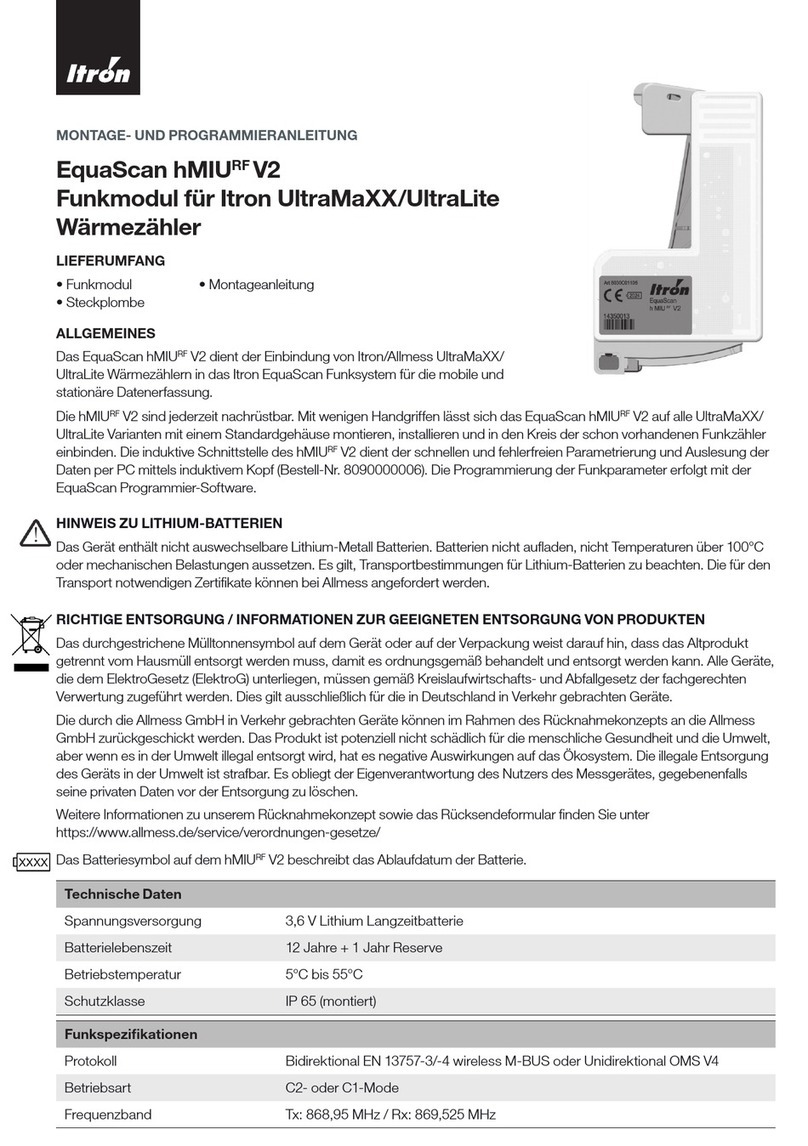
ITRON
ITRON EquaScan hMIURFV2 Assembly instruction

Pressroom Electronics
Pressroom Electronics PressCam 8 Installation and operation manual
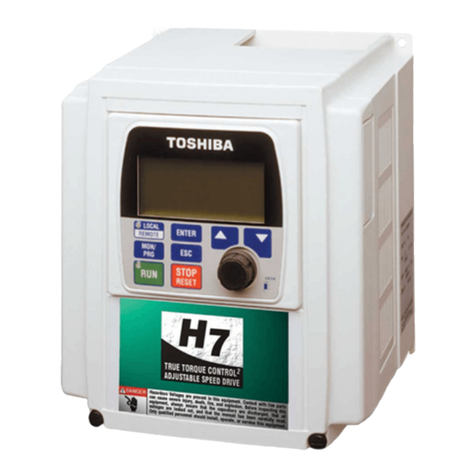
Toshiba
Toshiba Adjustable Speed Drive H7 Series specification

RIB
RIB R10-CRX manual
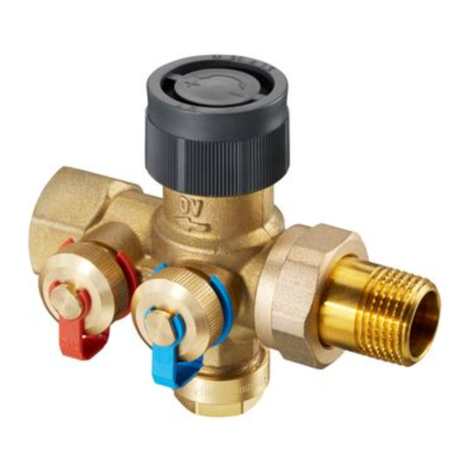
oventrop
oventrop Cocon 2TZ installation instructions
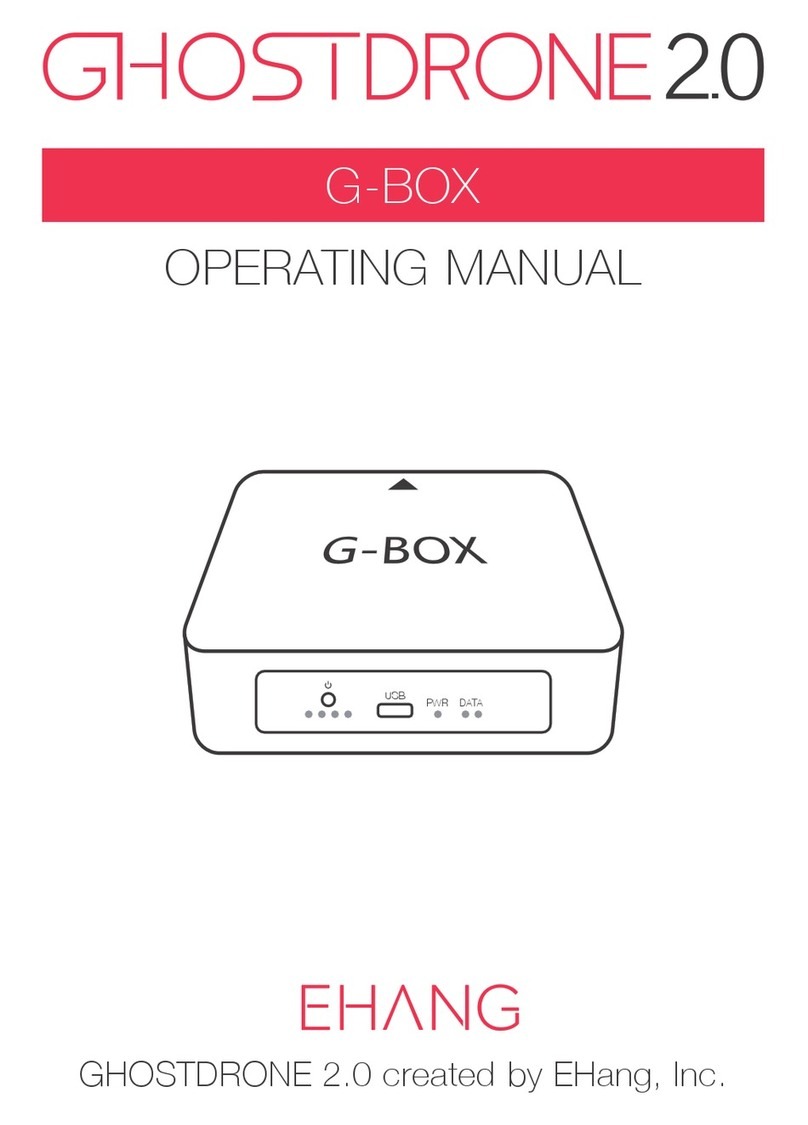
ehang
ehang G-BOX operating manual
